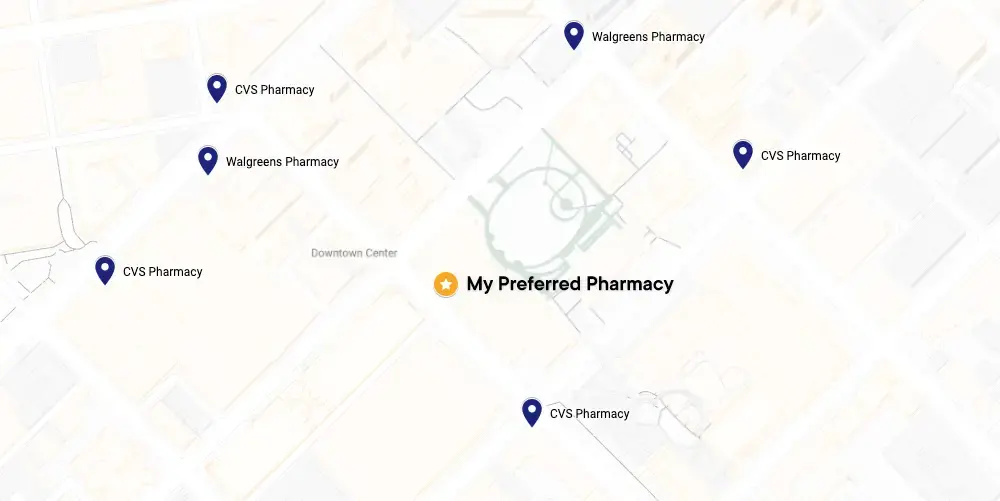BV can be associated with sexual activity, particularly unprotected vaginal intercourse, or with menstruation, since both semen and blood can disrupt the naturally acidic environment in the vagina. It is also seen more frequently in women who have multiple sex partners, douche, or use perfumed lubricants or sex toys regularly.
Some women have been told that extra vaginal cleaning such as with scented soaps, douches, or vaginal deodorants are necessary. However, all of these products upset the delicate microbial and chemical balance of vaginal bacteria, and can contribute to BV. It is best to avoid any of these products.
In some cases, BV may be caused by an allergic reaction to a new soap, detergent, latex condoms, or lubricant. Sometimes, a sexual partner's genital chemistry can affect the natural balance of bacteria and yeast in your vagina.






